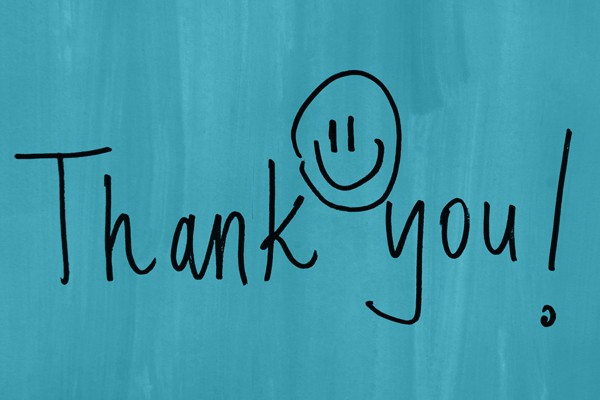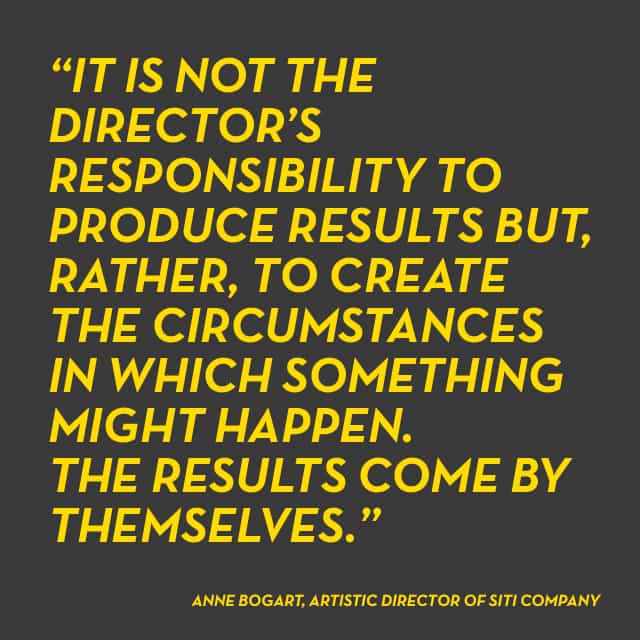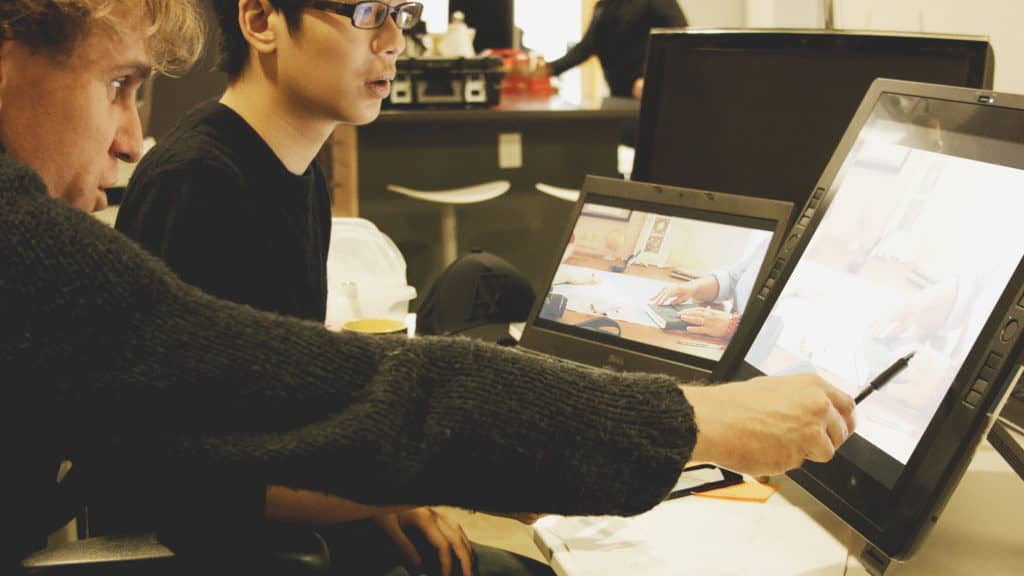Cultivate an Attitude of Gratitude: Organizing for Collaborative Innovation, Part III.
In the second part of this three-part series on “Organizing for Collaborative Innovation,” we focused on The Tension Principle and the motivational power of conflict and tension, when strategically and mindfully applied. Creative tension helps you make the most of the resources you have on hand by challenging them, showing them how to challenge each other, and pushing them to achieve greater things together than they ever would have dreamed of individually. Embrace conflict as a catalyst!
Now we’re going to focus on the third and final Principle: Cultivate an Attitude of Gratitude—one based on the understanding that collaborators (and people in general) want and need to feel appreciated and know their value. Even the simplest expressions of gratitude can go a long way toward building trust, respect, a loyal sense of belonging and a prevailing attitude of gratitude.
The Gratitude Principle

Expressed gratitude ensures that collaborators feel their value, which in turn promotes a higher level of investment in the work. This is not an expression shared only when the work is completed, but instead the expression is ongoing and used freely, by all parties throughout the engagement. Cultivating an attitude of gratitude is inherently a warm acknowledgement of individual and/or group contributions and accomplishments, and a not a participation trophy.
Collaborator value should be established from the outset of engagement through the way you invite someone to play a role in your project. This is a simple exercise in choosing the right words and being mindful of the power of “why” as a motivator. Rather than saying to someone, “Hey, you’re going to be working on this new project with Bob, Mary and Joe,” you could say, “Hey, I’ve got this project and I want you to be a part of it. I really feel like you can bring X to the team, and I know I can count on you to deliver X, Y and Z.” Right off the bat you’re giving them a sense of specific importance in the expression of why you selected them, and they feel as though they’re special for being a part of the project, rather than just being placed on the project.
One path is purposeful while the other is circumstantial. You have likely heard the saying, “there are no small roles, only small actors.” If you haven’t heard that quote before, you are welcome. Constantin Stanislavski, the originator of that phrase quite literally wrote the book on acting technique and character development (well a seminal book at any rate). His “active analysis” approach focused on action and activity as a means to unlock to expose and access emotional truth. Stanislavski would have been a collaborative innovation powerhouse. But I stray off topic. Perhaps this will be the topic of my next post. Bottom line: No matter the part, it is up to you to make sure everyone feels like they have a reason for being there, and aren’t just a warm body filling a seat.
When collaborators feel like they are truly included and are making contributions to a team they belong to they perform to their potential. Toward this end, the logical decision making pathways are fundamentally rewired to place the greater good of the whole above the benefit of the individual. This collectivism, born out of an attitude of gratitude will serve as a critical bonding agent for your Innovative Ensemble.
EXPRESS GRATITUDE DAILY
To cultivate an attitude of gratitude you need to continually to thank people for their contributions and their work throughout the process. The most successful directors do this daily during rehearsals. Within an organization, it only takes a simple check in or a brief moment to touch base and ensure that your message of gratitude and appreciation is received, but the more specific you are able to be with your feedback and recognition, the greater impact those expressions will carry with them. In other word, actively seek out opportunities to thank your team members for their specific contributions. The dual benefit of this practice is that you are required to maintain deep engagement with your team, and of course, you are able to promote confident, institutionally backed, innovation.
Expressions of gratitude also provide team members a sense of validity that they’re accomplishing what is expected of them, and in turn they can focus on doing their job, with pride and excellence, instead of worrying about whether or not they’re doing their job at all. That type of internal stress has a way of permeating the day to day and slowly eroding capacity for productivity. The psychology is surprisingly simple. Expressions of gratitude not only boost confidence and engagement, but also gratitude serves as a powerful instrument of unburdening – breaking down and removing those invisible barriers to collaboration. When your team members are afforded the reassurance that they are fulfilling their role within a team, and that the insights that they bring are valued and useful, they’re empowered to contribute more, and to do so more openly. It is natural human tendency to avoid embarrassment and the feeling of being exposed. Playing it safe does not lead to breakthrough innovation. Being able to contribute without first filtering ideas based on fear of judgment or criticism is critical to design, and can be particularly valuable in the early stages of ideation or brainstorming activities where large groups are rapidly producing ideas.
REMEMBER YOUR ROLE
In theatre as in design, the facilitator’s role is really to nurture the creation of actors’ or employees’ results by creating the appropriate environment, conducive to unencumbered, creative contribution. That’s one of the key takeaways from examining directors and the way they lead: To be an effective leader you can’t be constantly buried in your own work. Instead you should strive to be constantly engaged in the work of your team(s). Embrace a servant leadership philosophy. Cater to other people’s needs and make sure they’re getting everything they need to be successful. Build up your team and invest in optimizing the collaborative climate for innovation, and see high confidence directly translated into high performance.
Just as designers we seek to address types of human needs when creating products and solutions for our customers, we must do the same for our collaborators: give them confidence, encouragement and a sense of belonging; motivate and allow for growth and improvement; and remove barriers of insecurity and fear. You can’t expect the people in your employ to focus fully on the needs of your consumers — to be able to connect with end users empathetically — if their own emotional barriers stand in the way. Remember: collaborator-focused facilitation and more specifically Theatre Thinking methods are focused on investing in the development of your people first in order to optimize the process and the product. Build the people, cultivate an attitude of gratitude, and the people will build the rest.
Read Part I of this Blog Series: “Organizing for Collaborative Innovation: The Casting Principle.”
Read Part II of this Blog Series: The Power of Creative Tension. Part II: Organizing for Collaborative Innovation








